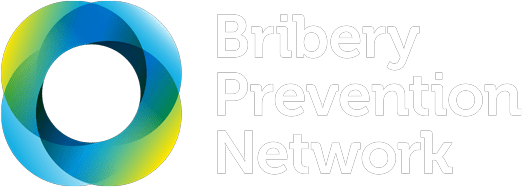Real-life Australian foreign bribery prosecution
1 minute read
Download the case study above
This document outlines a real-life case study of an organisation engaging in foreign bribery while operating in a high-risk jurisdiction.
Scenario
The facts described have been distilled from a recent real-life conviction of a company for foreign bribery in the NSW Supreme Court and Court of Criminal Appeal.
After the case study, some general principles are outlined on how to effectively prevent, detect and address foreign bribery.
Finally, some questions are posed which invite the reader to consider how the case study could be used to test their own foreign bribery controls. Readers are encouraged to reflect on the example provided, and on how this example may be useful for the reader in mitigating bribery risks in their own organisation.
The Bribery Prevention Network acknowledges the pro-bono contribution of Allens in developing this case study.
